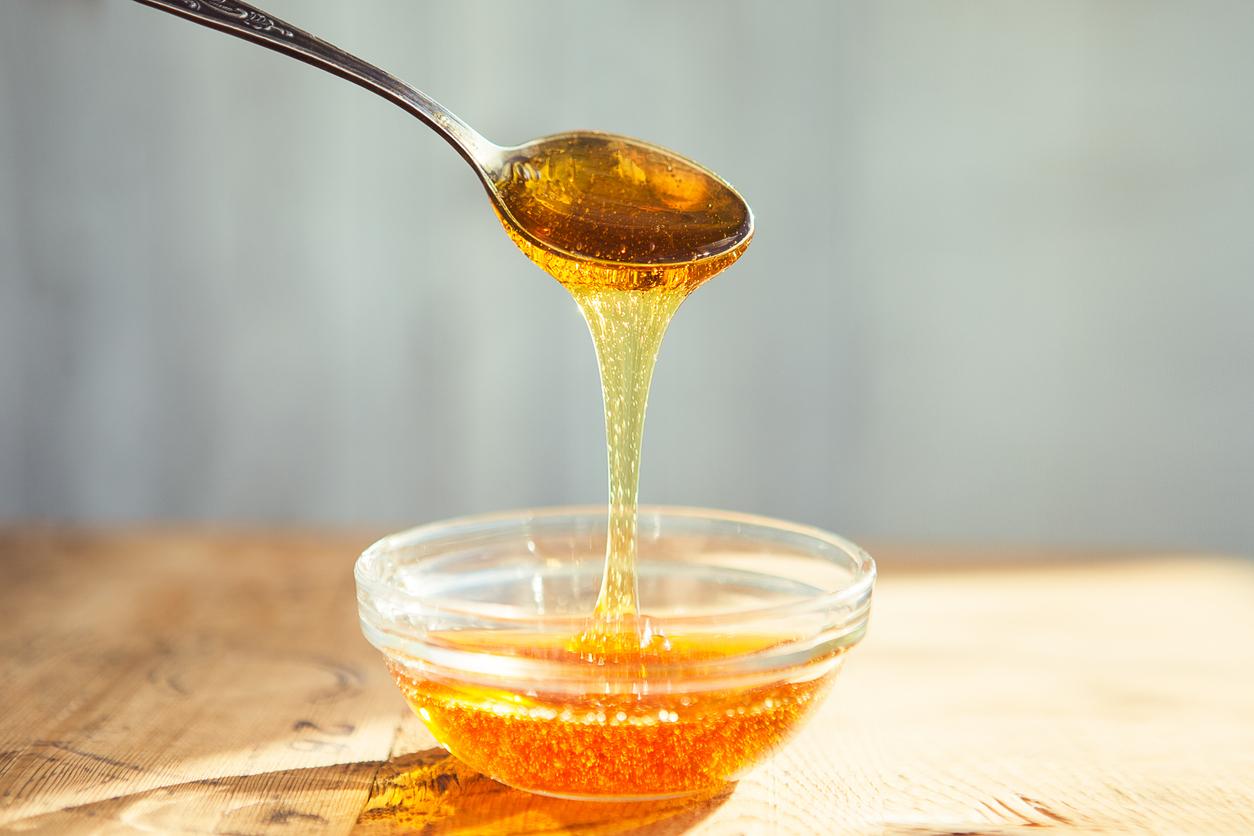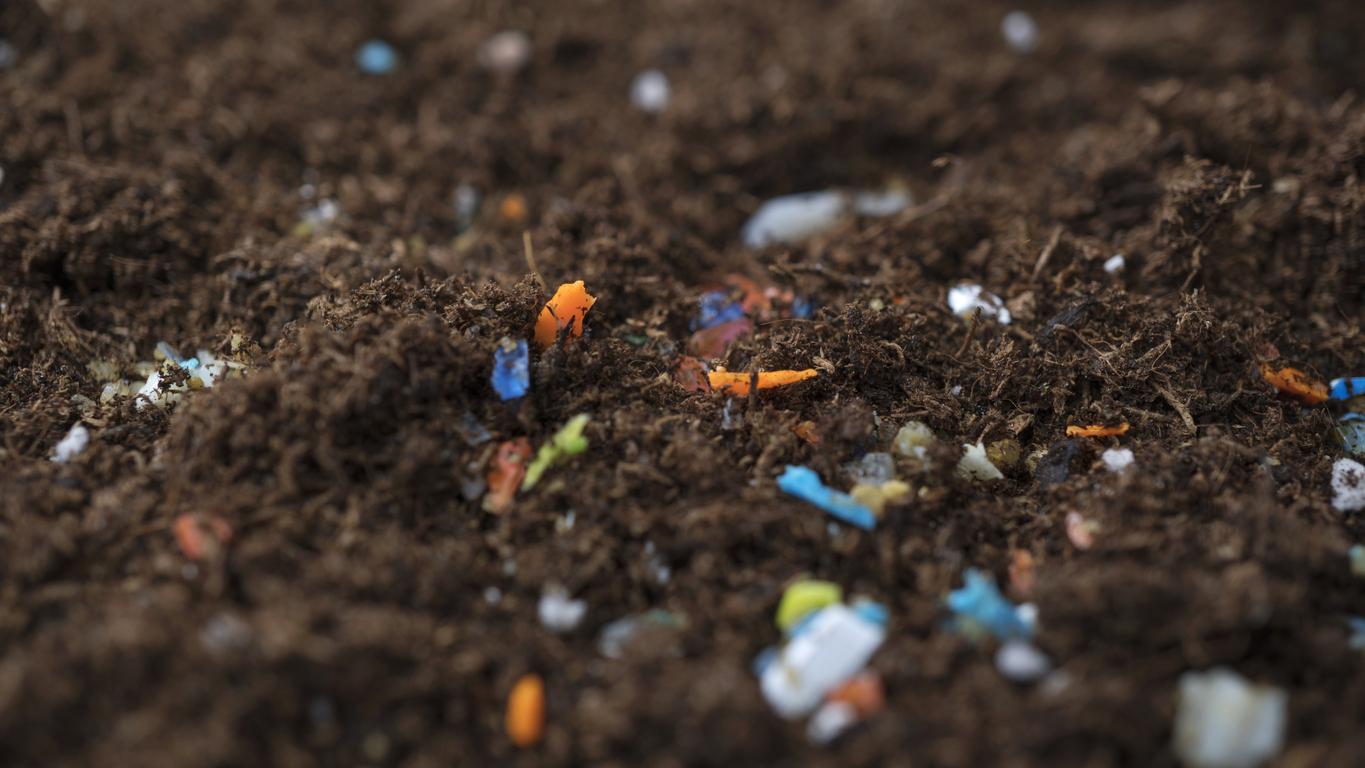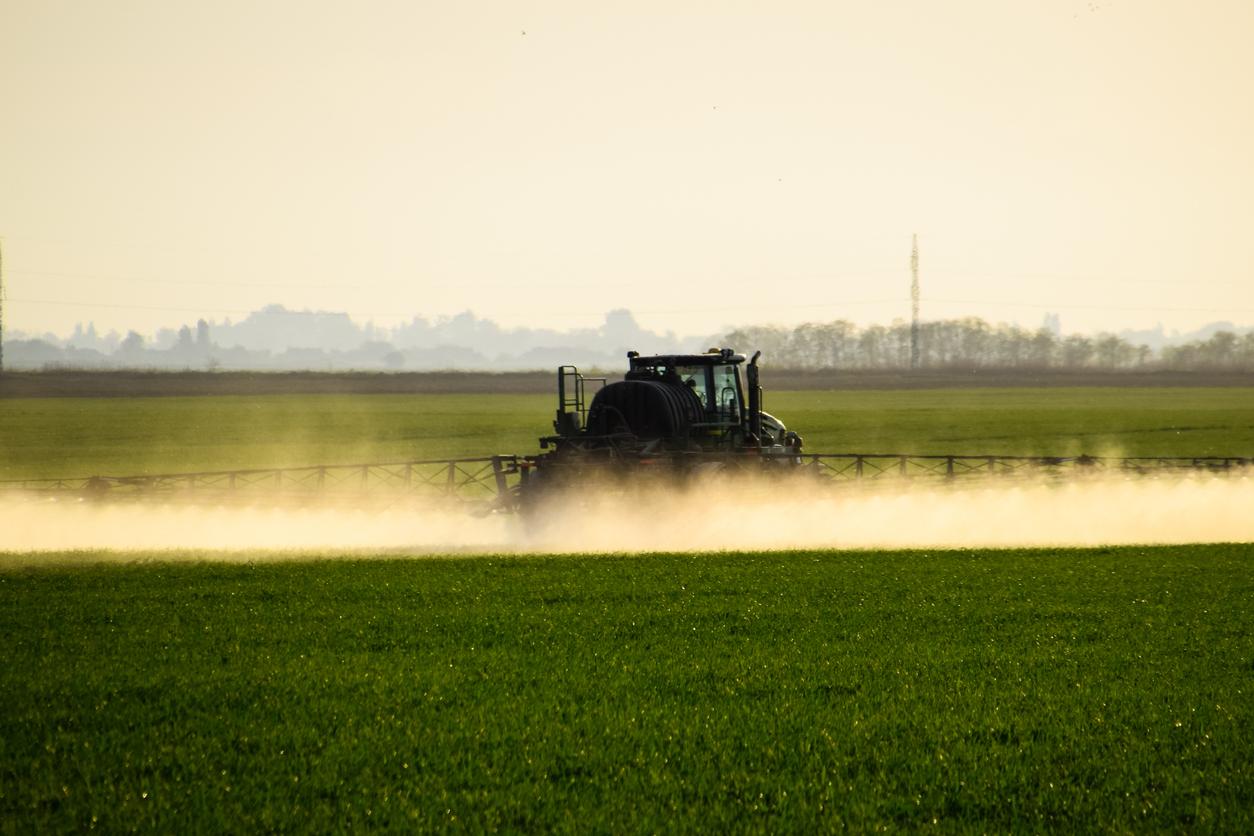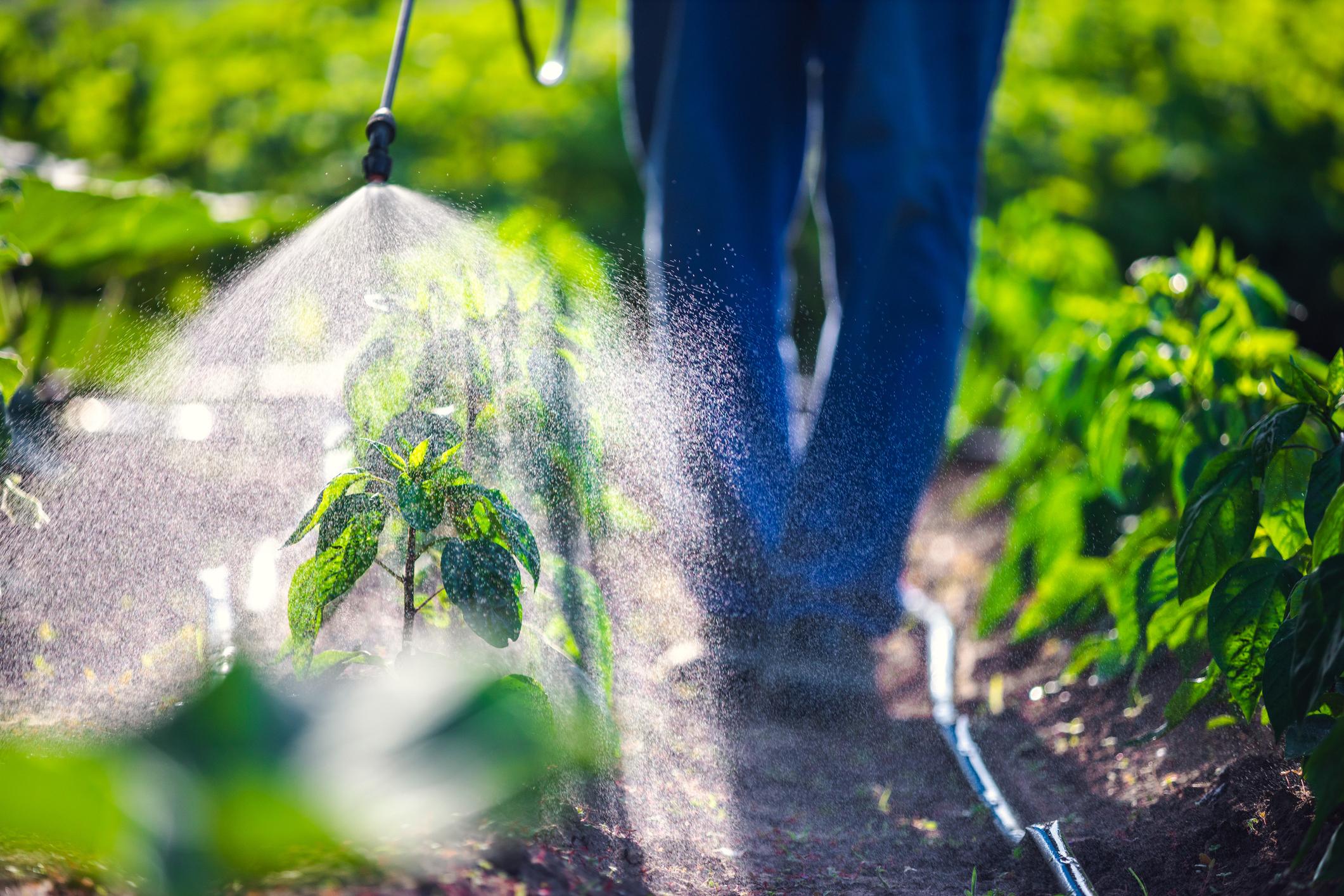Three quarters of the world’s honey is contaminated with neonicotinoids, a class of pesticides suspected of killing bees, according to a study.
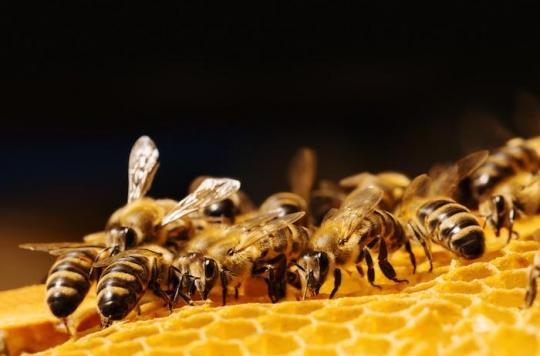
From honey to pesticides. This is what fans of this highly contaminated product ingest, according to the results of a study published in the journal Science. By collecting honey from around the world, researchers found that three-quarters of their samples contained the same pesticide suspected of being behind the decline in bee populations.
Bees become infected when they feed in fields treated with neonicotinoids. Of the 198 samples analyzed, 75% of the honeys had at least one type, compared to 45% that had two or more.
86% of North American honeys
Honey from North America performed poorly: samples from the mainland were contaminated 86% of the time, compared to 57% of those from South America. Asian honeys, for their part, had an 80% contamination rate. In Europe, 79% of the honeys tested were polluted by the pesticide.
Traces of neonicotinoid have even been detected in honey from Tahiti, in the heart of the Pacific Ocean – which illustrates its invasive nature, underline the authors of the study.
The researchers’ analysis “demonstrates the extent of the contamination”, they write, while specifying that it is not, as it stands, a public health problem since the rates detected were below. thresholds tolerated by governments.
Man depends on bee
However, this problem remains intact and its consequences, deleterious. Because honey bees don’t just produce honey. Almost a third of humanity’s diet depends on the plants they pollinate.
In recent years, several studies, both in the laboratory and in the field, have established a link between neonicotinoids, which attack the nervous system of insects, and the weakening of beehives.
In France, neonicotinoids have been banned. The measure will come into force from 2018.
.







